Signal-boosting silver nanoparticles help Raman to 'see' strands of DNA hybridising
Researchers at the University of Strathclyde, UK, have been able to use Raman spectroscopy to observe strands of DNA pairing up and falling apart by attaching them to silver nanoparticles.
Surface enhanced resonance Raman scattering (SERRS) provides a vibrational spectrum of a molecule by measuring the difference in energy of the scattered light from that of incident light. The intensity of the scattering is magnified by adsorbing the target molecule onto a roughened metal surface such as silver or gold nanoparticles. A further enhancement results if the nanoparticles aggregate and the adsorbed molecule contains a chromophore with an electronic transition coincident with the excitation wavelength.
’We wanted to know if dye-coded DNA could be used to selectively aggregate silver nanoparticles to give surface enhanced resonance Raman scattering,’ explains David Thompson, a member of the Strathclyde team.
The team coated two batches of silver nanoparticles in a dye and then attached a different short strand of DNA to each batch. ’The strands of DNA on the two batches of particles were non-complimentary to each other and we then introduced a target strand of DNA which was complimentary to the DNA on both groups of particles,’ Thompson says. The target DNA sticks to DNA strands on both sets of nanoparticles, drawing them together into clusters. Analysis of the resultant SERRS spectra showed a significant increase in the intensity of the spectrum of the dye.
Heating the solution unravels the DNA strands and the nanoparticle clumps fall apart - wiping out the SERRS signal.
The work demonstrates that SERRS can be used to study a biomolecular interaction, says Duncan Graham, who led the team. ’Although we have used DNA hybridisation in this study, our work has very exciting implications for other areas involving biomolecules such as investigating protein-protein interactions,’ he adds.
But Roy Goodacre of the University of Manchester, UK, who also uses spectroscopic techniques to analyse biological molecules, sounds a note of caution. ’The concept of SERRS for imaging biology has only very recently become a reality,’ he says. ’Currently Raman microspectroscopy is limited based on the time to acquire a spectrum. However, the ability to enhance the signal would allow images to be collected more rapidly. Of course, what is needed is the production of a robust and reproducible approach to cover cells and tissue with silver or gold nanoparticles.’
Ruth Tunnell
References
et al, Nature Nanotechnology, 2008, DOI: 10.1038/nnano.2008.189
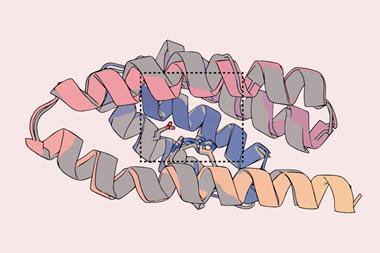

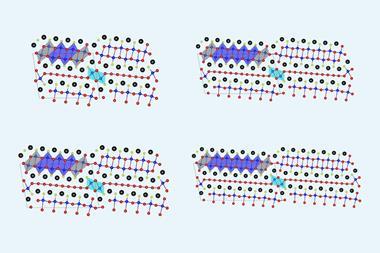
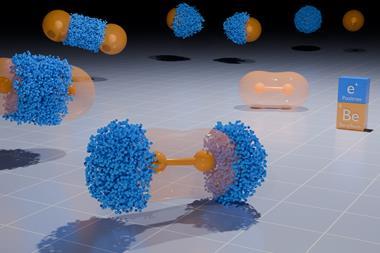
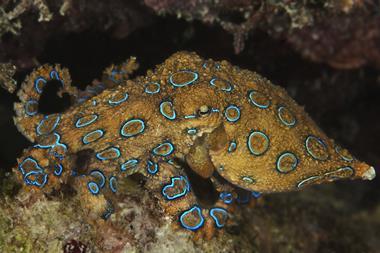
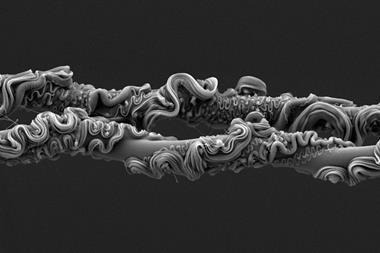
No comments yet